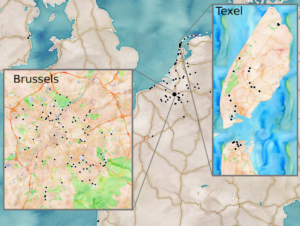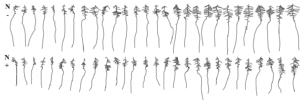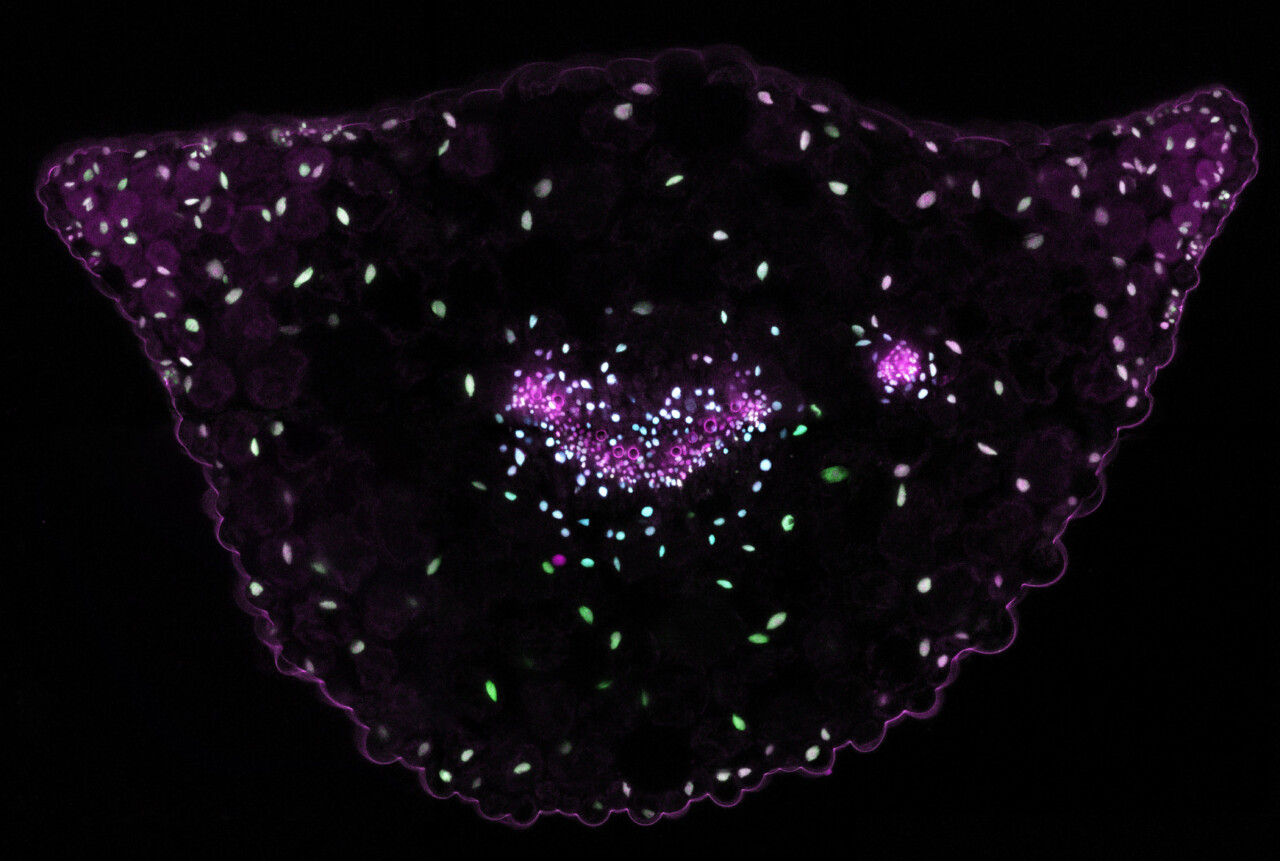Lecture – “Genetic and nutritional influences of N supply on root morphology of Arabidopsis model and oilseed rape crop species”
Venue: M0.6
Speaker: Dr. Christian Hermans, Interfacultary School of Bioengineers, Université Libre de Bruxelles
Contact: Mark Aarts
Mineral nitrogen (N) is the quantitatively most important nutrient in cropping systems. However, a considerable N fraction is lost through runoffs with detrimental consequences for the environment and human health. One way to reduce N fertilizer input is to breed for crops with better Nitrogen Use Efficiency (NUE). Increasing the plant N uptake by optimizing the degree of root branching for exploring a larger soil volume in search of the mobile nitrate resource may contribute to that purpose. Considerable improvement in yield and input efficiencies is required to achieve the full potential benefits of rapeseed (Brassica napus L.), a parented crop with the model species Arabidopsis thaliana.

This presentation will addresses the challenge of improving N uptake of that crop. Our key findings are the considerable degree of variability in the root morphological traits among cultivars from different breeding companies and the absence of trade-off between profuse root branching and shoot biomass production. Furthermore, root morphological traits observed at a young developmental stage in laboratory setups, positively correlate with seed N and protein concentrations measured in the field. This supports our premise that optimized root system architecture may lead to increased biomass production or improved nutritional quality.

Our aim is to understand the genetic control of root system architecture and how it is impacted by N nutrition. We are identifying genomic regions associated to root morphological traits by performing association mapping with a large diversity panel of inbred lines and linkage mapping with experimental populations issued from biparental crosses. That information is complemented with root transcriptome sequencing data which will allow detecting gene copies differentially expressed between accessions and between N nutrition conditions. A measurable outcome in the mid-term will be to provide genetic markers for selecting new genotypes with greater root morphological features.

Tuesday, May 14, 2019
Time 10:00
WUR – RADIX
Droevendaalsesteeg 1, Wageningen



